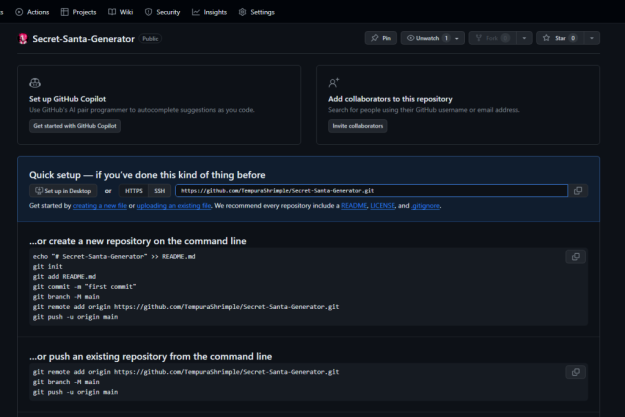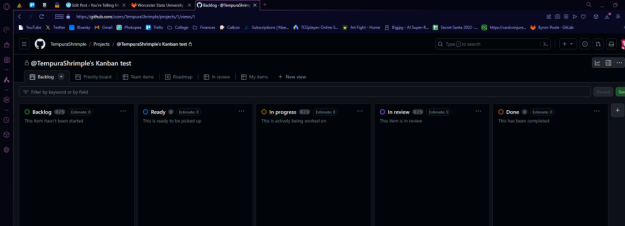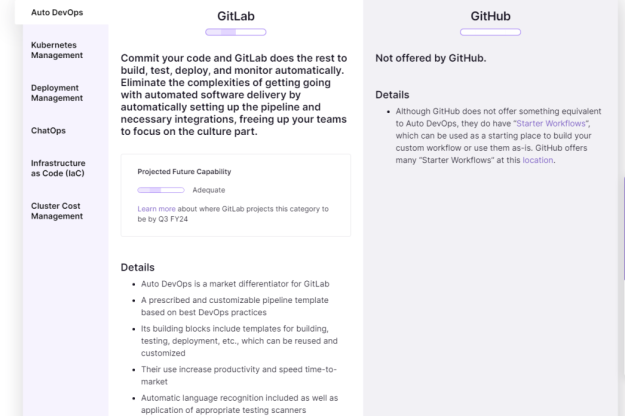Open-Source software has become a vital source of tools for the development community, as well as innovative software. Recently I have become interested in finding out just how many of the applications I use are open-source, while at the same time finding new open-source software. I want to expand the software I have at my selection. First, let us reestablish what open-source software means: software that can be modified, enhanced, or inspected by developers who are not the original creators. This is done by packaging the source code along with the software so that it can be edited by anyone who knows how to.
To start off this extensive list, Mozilla Firefox is open source to my surprise. Firefox has its source code internally available within the browser itself and can be found by using the URL https://searchfox.org/mozilla-central/source and has guidelines for contributors up on a separate website. Mozilla also has the source code for countless other projects up on GitHub, such as Gecko, the rendering engine for Firefox. Continuing down the list we got GIMP and Blender, two powerful tools for any aspiring artist out there. In recent days I actually downloaded Blender onto some of the computers at the school I work at. While I am not going introduce 3D modeling to my middle schoolers, there have been students who have shown an interest in the subject. I thought having Blender available to these students would foster interest and motivate these students to pursue more. It is for situations like these that I believe in the importance of open-source software and the need to have these tools available to all. GIMP has helped me out here and there in the past, and since it is the only image manipulation software that is free, I am also planning to implement it in my classroom.
One of the most important pieces of open-source software is none other than the operating system Linux. So many pieces of technology are running on Linux, or some variation thereof. Android OS is based on Linux and is also open source, Chromebook OS is based off Linux, several routers are using Linux. From cars, TVs, to even super computers, Linux has been a reliable operating system for a massive amount of hardware. Even NASA has completely switched over to Linux as of 2013. I am partially convinced to convert to Linux after all the compelling evidence I found.
Finally, I have already mentioned LibreOffice in a previous blogpost as well, but it bears mentioning here. Microsoft Office is such a ubiquitous piece of software it is almost impossible to work in any sector of society that does not make use of it. The downside is that it is expensive for many. This is where LibreOffice comes in and offers a free alternative that does not require making an account of some kind like Google’s services. It perfectly embodies the spirit of open-source software.
https://opensource.com/resources/what-open-source
https://firefox-source-docs.mozilla.org/overview/gecko.html
https://opensource.com/article/19/8/everyday-tech-runs-linux
From the blog CS@Worcester Alejandro Professional Blog by amontesdeoca and used with permission of the author. All other rights reserved by the author.





